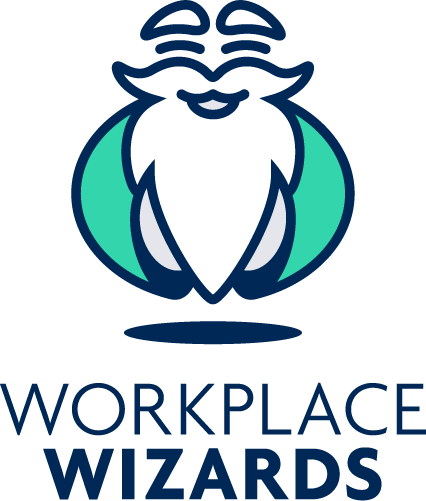Last week, in an unprecedented overhaul of labour hire regulations, the Victorian Government announced that labour hire companies will have just 6 months to apply for a licence under a new scheme if they wish to continue operating in Victoria.
As part of the implementation of the Labour Hire Licencing Act 2018(‘LHL Act’), providers will now be required to demonstrate that there are a ‘fit and proper’ person or organisation to operate in the labour hire industry. This vague requirement is aimed at reducing the ‘widespread abuse and exploitation’ the Victorian Government (without much in the way of supporting evidence) believes is being faced by labour hire workers across the State.
‘Labour hire’ industry and new licence requirements
Generally, ‘labour hire’ refers to companies that employ workers skilled in particular areas (such as construction, agriculture, manufacturing or cleaning) who then outsource these workers to provide labour for companies on short or long-term contracts. The flexible nature of labour hire can be beneficial for workers and businesses alike, as it allows businesses to employ good workers on demand, and adapt their labour hire depending on the work available. Indeed, it is estimated that Victoria’s labour hire industry turns over $4.5billion annually, and is rapidly expanding to cover a broader range of industries.
However, the labour hire industry has recently come under the microscope due to unfair dismissal and workplace safety-related claims by outsourced workers. This is an inherent problem in the industry, as it can be unclear whether a labour hire company themselves, or the business who hires a worker, is primarily responsible for the safety, pay and working conditions of the outsourced worker. Further, labour hire operators have been targeted by trade unions, as unions try to make it hard (if not impossible) for companies to use labour hire workers who are far less likely to unionise (and therefore give money to the union movement).
As such, the LHL Act was introduced by the union-based Labor Government to better regulate the industry, and ensure that providers remain compliant with fair work, taxation and occupational health and safety laws. To receive a labour hire licence, applicants must prove that they are a ‘fit and proper’ person or organisation to hold such a licence. Further, the applicant must demonstrate compliance with workplace and labour hire laws, meet certain accommodation standards, and agree to regular reporting requirements. Will this, in time, be interpreted as having trade-union approved or sympathetic EBAs with the labour hire workforce? Who knows, only time will tell. Employers should not be surprised, however, if this becomes the case.
Who does the new scheme affect?
Obviously, this new scheme most significantly affects labour hire companies, who have more stringent and extensive licencing requirements now to legally operate in this field.
However, the scheme will also invariably affect any business that engages workers through a third-party service provider. Businesses that use labour hire companies will be obliged under the new scheme to ensure these companies are licenced,and may be fined up to $500,000 if they use an unlicensed provider.
Further, workers entering into contracts with labour hire companies will be affected by the new requirement. Workers should ensure these companies are correctly licenced prior to signing any contracts. Workers are also now able to report any problems with their labour hire provider to the Labour Hire Authority through their website.
Fortunately, once the LHA scheme is fully implemented in October, businesses and workers will be able to check whether providers are licenced through an online Register, which should make it relatively simple to comply with the new scheme.
Applying for a licence
From the 30th October 2019, labour providers must have a licence (or, at least, have applied for a licence) in order to operate legally in Victoria. This gives providers, and host businesses, 6 months to understand and comply with the new scheme.
In order to implement and oversee the new scheme, the Labour Hire Authority was established. It is currently delivering education and training programs across the state to help businesses and hire companies understand their obligations under the new scheme. The LHA is, therefore, an important ‘first port of call’ when it comes to the application process and understanding the new regulations and requirements.
What do you think?
Will the new licence scheme be able to ‘crack-down’ on the exploitation of labour hire workers, and better regulate this industry? Or, could the new scheme make it more difficult for businesses to easily and affordably hire labour workers? We’d love to know what you think!
It is important that your business remains compliant with the regulations in your industry, especially as new laws are introduced and amended. If you need any help in understanding your obligations under the LHL Act, or other regulations, get in touch with one of our expert consultants – contact us at Workplace Wizards support@workplacewizards.com.au or 03 9087 6949.



0 Comments Leave a comment
Comments are closed.